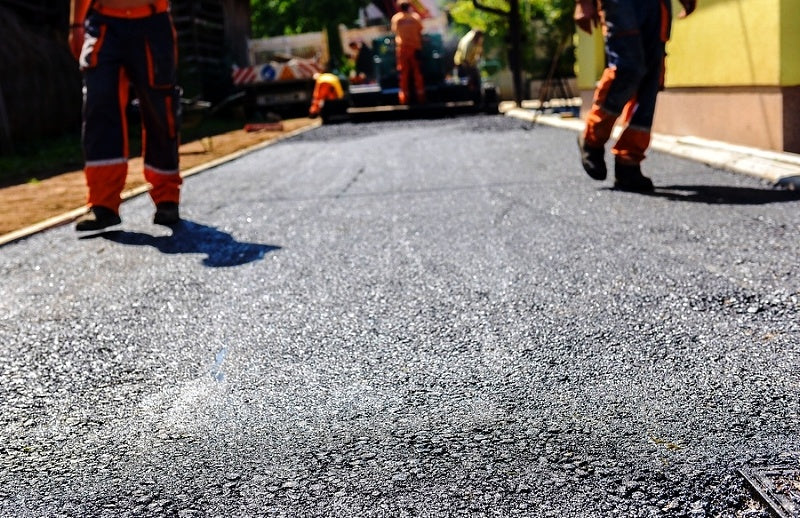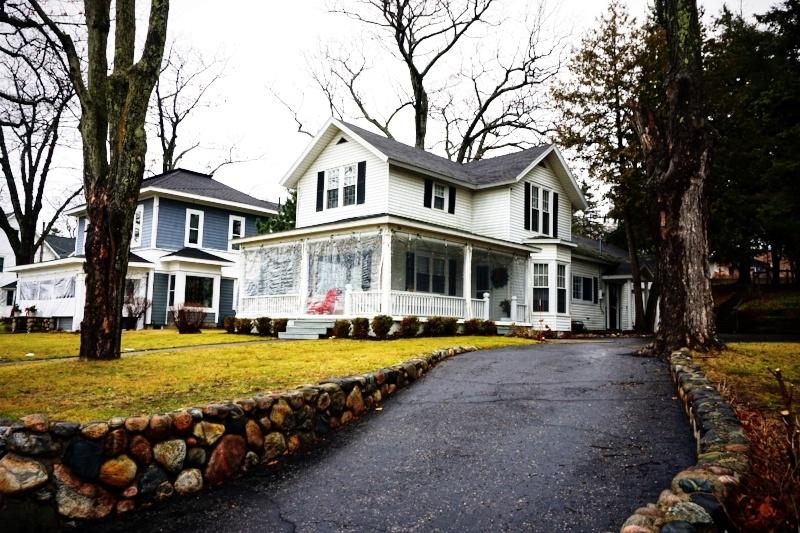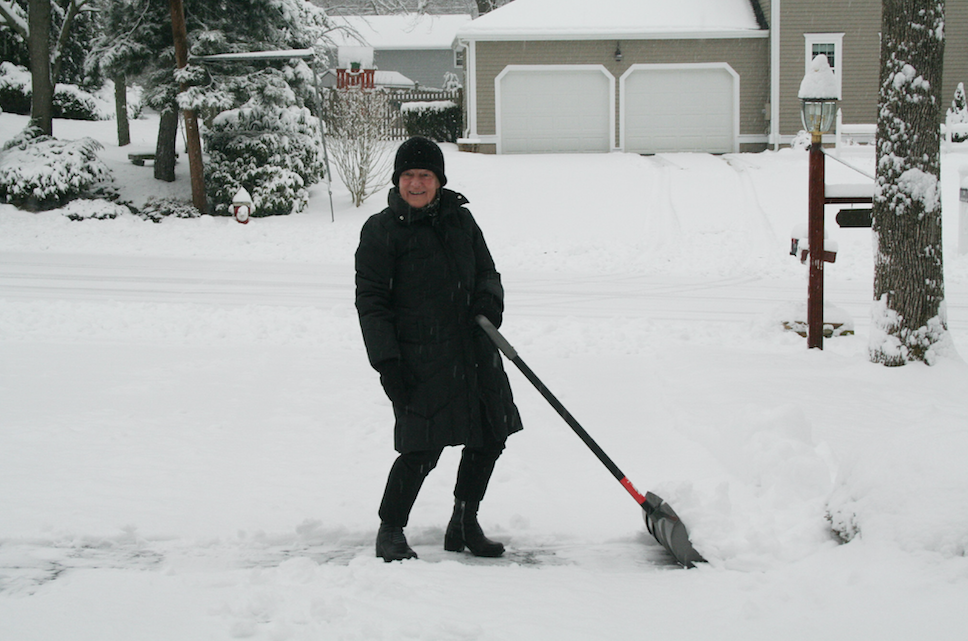
As winter approaches, at least in the more northerly portions of the U.S., many homeowners find themselves longing for a way to make snow and ice removal fast and easy, and heated driveway systems immediately come to mind.
Heated driveways are easiest to install when pouring a new concrete or asphalt driveway and often require you to replace your existing driveway. However, in some instances, the electric coil type can be retrofitted in, especially if you only intend to heat a limited portion of the pavement.
It is also typically best to install a heated driveway in the summertime, but as long as you are 30 days or more from winter, the newly poured pavement should have enough time to properly set.
The Two Types of Heated Driveways
There are two types of heated driveways, either of which can effectively melt snow and ice on your pavement, but each of which has its own specific advantages.
Hydronic systems employ PVC tubing, through which a heated water-antifreeze liquid circulates to heat the pavement above. A special boiler must be bought along with the tubing and the concrete work, which makes hydronic systems relatively expensive to install. However, they are cheaper to run than electric coil systems, despite having to be left on at all times in cold weather (regardless if snow is present) to prevent the tubes from freezing/cracking.
Radiant heat (electric coil) heated driveways operate by means of metal coils/panels that are installed in the concrete or asphalt pavement, wired, and plugged into a nearby outlet. The electric cables will be spaced at least two inches (5 cm) apart and buried a few inches below the pavement's surface. A special sensor will be installed to activate the cables through a control panel. You will have the ability to automate operation based on specified hours/days or based on a chosen temperature level. But you will still be able to manually override any programming when necessary.
Benefits of Heating Your Driveway
As compared to shoveling, using a snow blower, hiring a professional snowplow service, or using rock salt or another deicer, heated driveways offer the homeowner many important benefits, including these:
-
Virtually effortless operation. Everything can be run from a simple switch, and automation can make even flipping the switch unnecessary. There is also normally little to no maintenance needed, and you can enjoy the benefits for many years.
-
Improved safety. Whenever your heated driveway is turned on, snow melt-off will not refreeze on its surface. That means no more black ice. And, as you will not need to shovel snow anymore, the dangers of slipping and falling, getting frostbit, or being affected by hypothermia while doing so are eliminated.
-
Less pavement damage. Not having to use rock salt or other chemicals on your driveway will extend its lifespan by years and prevent repairs/resurfacing from being necessary as soon. This will save you money and keep your driveway in top shape for longer.
-
Save time and money. Besides preventing pavement damage, you will eliminate expenses such as maintaining a snowplow, paying for shoveling/plowing services, and buying bag after bag of (sometimes expensive) deicers. You also free up your time to do other things than shovel and sprinkle salt on your driveway.
-
Environmentally friendly. Deicers harm vegetation along your driveway's edge and can also get into local waterways and cause algae bloom. And animals, including cats, and dogs, can be negatively affected by consuming or walking on salt/salt-water slush. Heated driveways eliminate these concerns.
-
Increase your property value. Since heated driveways are so popular these days, they are a major selling point and a significant boost to the resale value of your home.
An Alternative Way to Heat Your Driveway
While heated driveways are extremely convenient and have many benefits, they are also quite expensive. If you have to tear up your existing driveway, it could easily cost $5,000 to $10,000 (approximately $6,720 to $13,440 CAD) to put one in. If you are already installing a new driveway anyway or if your old one is nearing its end, then it makes sense to put in a heated driveway, but few will want to tear up a newer driveway in perfectly good condition.
One solution would be to use driveway-grade snow-melting mats. Heating elements are sandwiched between two layers of slip-resistant rubber, and you plug the mats in to an ordinary outlet. You can automate them or turn them on/off manually, much like an electric coil heated driveway. The difference is the cost and the ability to simply put them into storage when winter is over.
Heated driveways, whether hydronic or electric coil, are an excellent way to keep the snow/ice off your driveway. For those averse to the high cost of heated driveways, however, snow-melting mats are a viable alternative.


